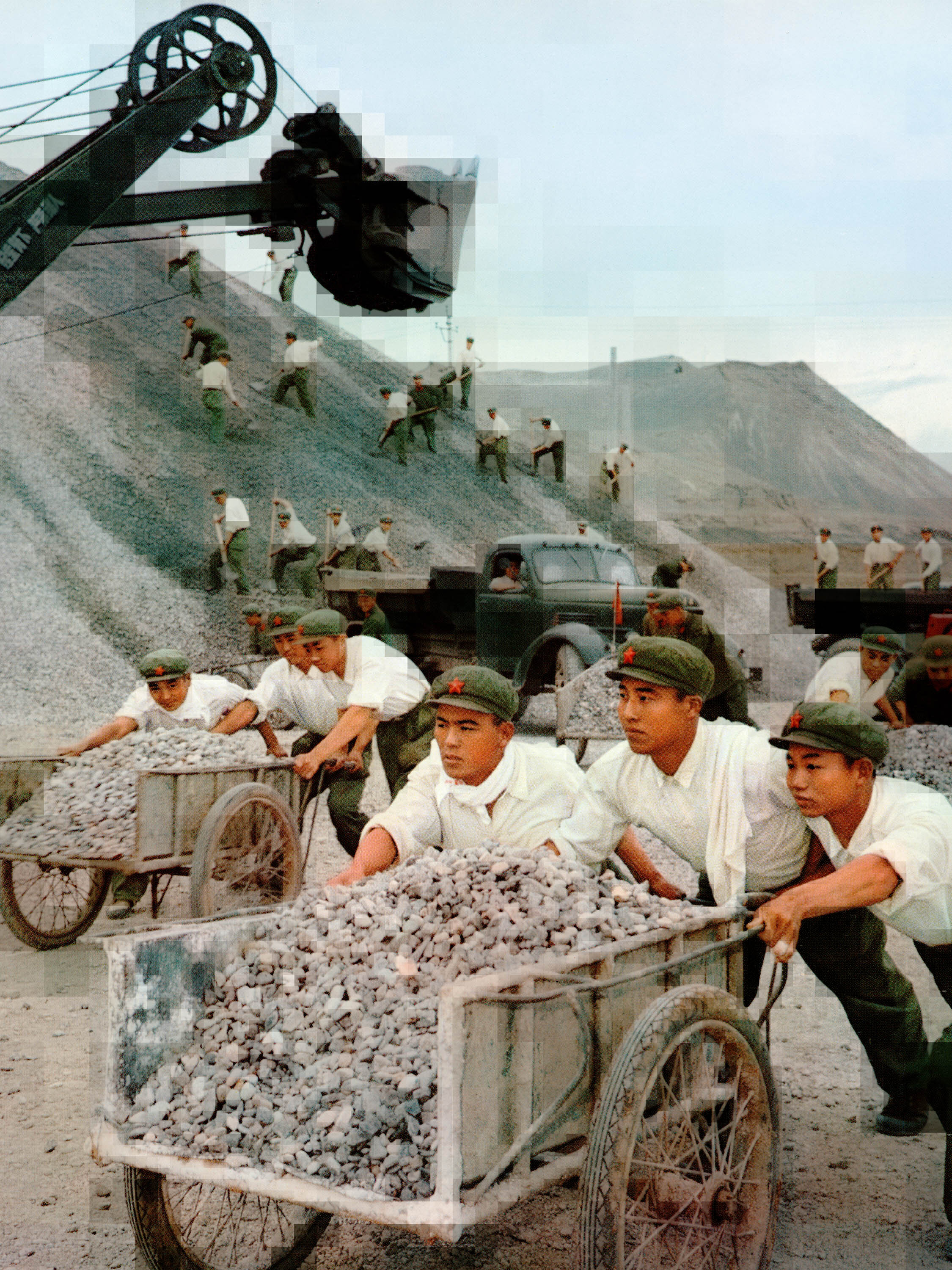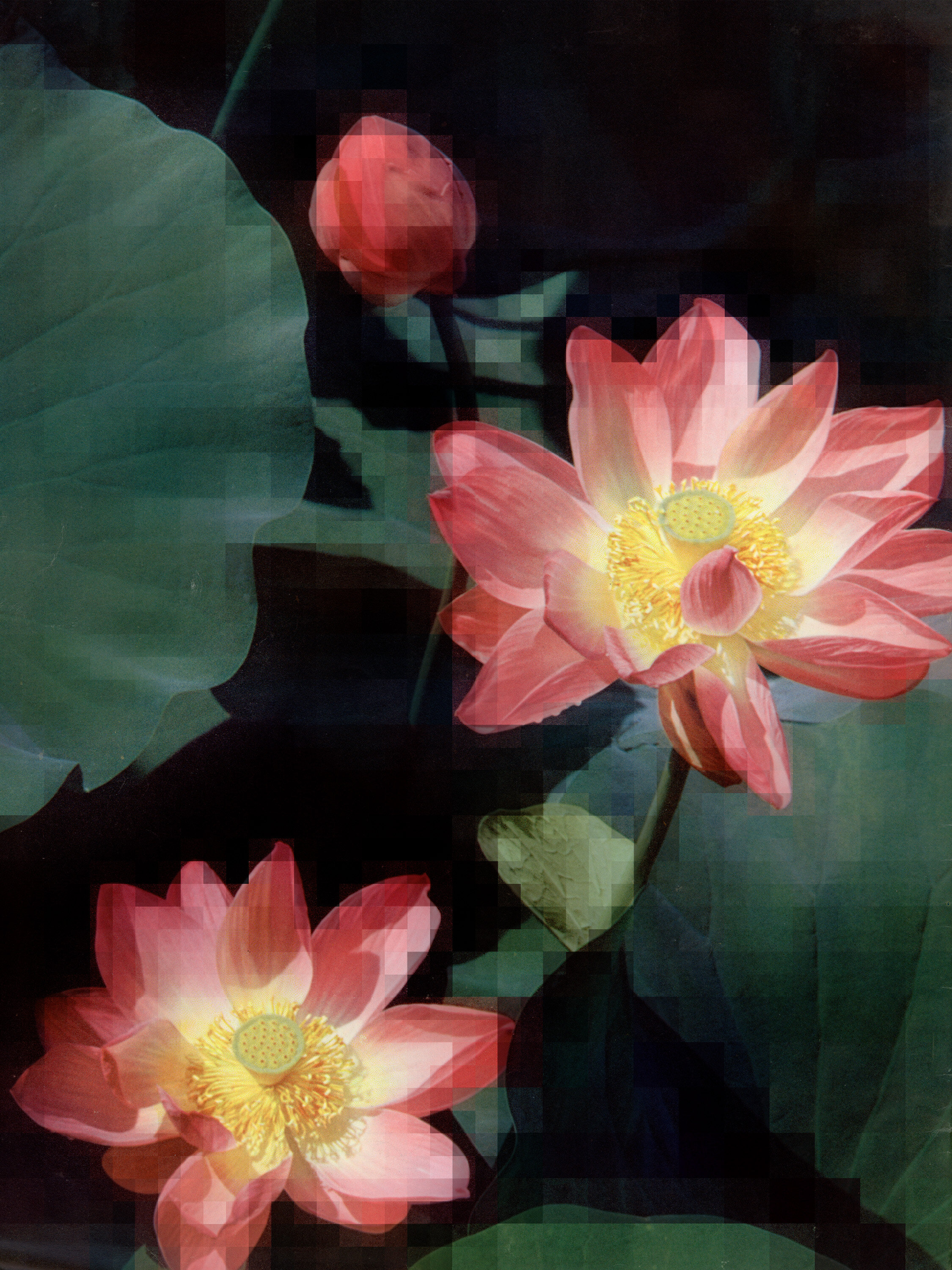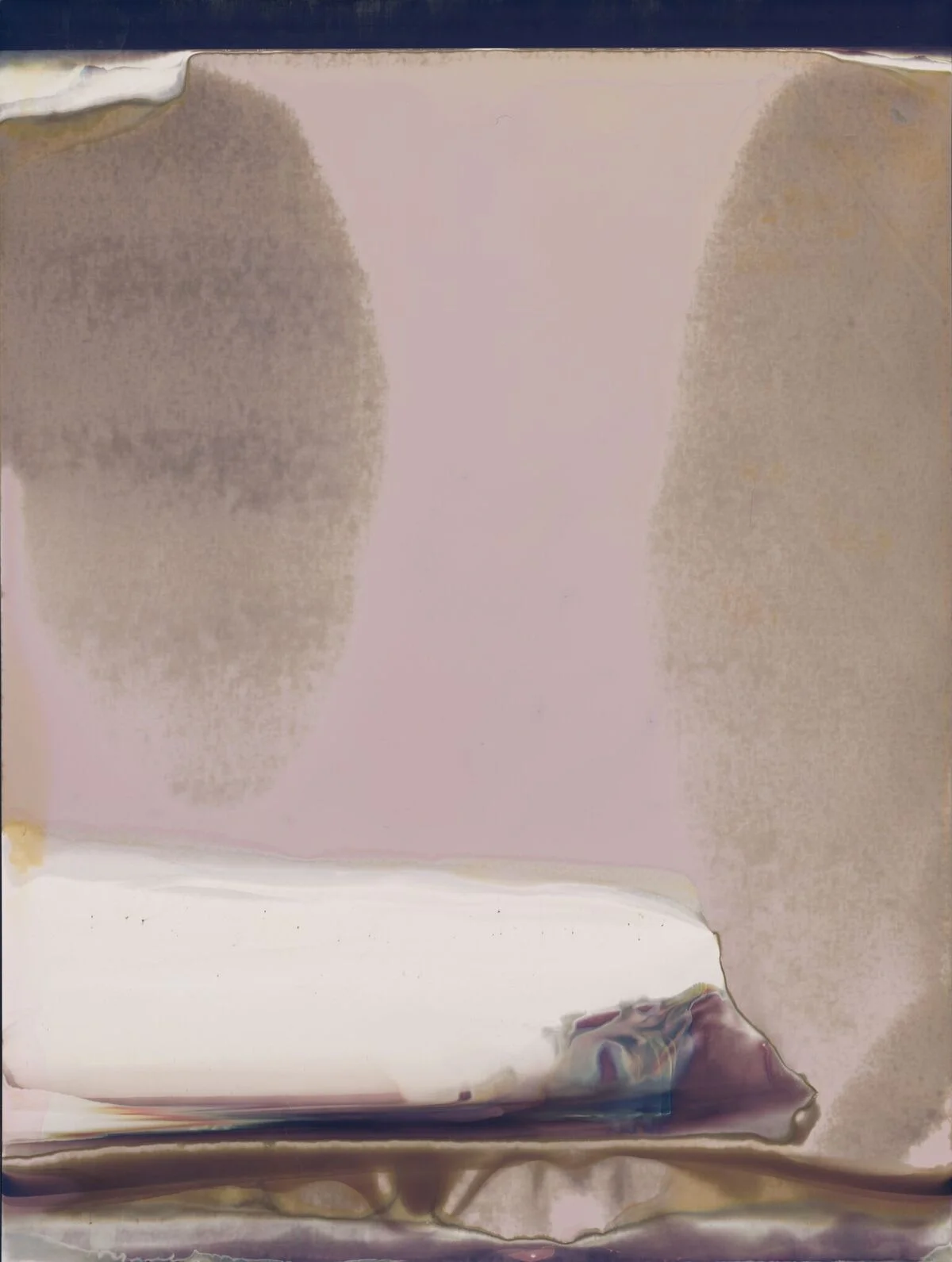Thomas Ruff: Tableaux Chinois
Thomas Ruff tableau chinois_06 2019 © Thomas Ruff/VG Bild Kunst, Bonn/Artists Rights Society (ARS), New York Courtesy the artist and David Zwirner
Thomas Ruff’s new series, Tableaux Chinois, which originally debuted at the Kunstsammlung Nordrhein-Westfalen, in Düsseldorf in the fall of 2020, explores the artist’s longstanding fascination with propaganda, its history, and mechanics. Though he has often been compared with his fellow Düsseldorf School members Andreas Gursky and Rineke Dijkstra, Ruff, a master of “reimagined” images, in this show, he once again demonstrates the unique photographic style that is entirely his own.
Since the late 1980s, Ruff has focused on creating pieces that blur the line between fiction and reality. In doing so he questions the nature of photography itself, in particular, propaganda. In contrast to the ideologically-infused images historically employed for promotional purposes, Ruff’s work aims to capture the gulf between representation and reality. This pursuit has been his creative focus for decades, as seen in his 1990-91 series Zeitungsfotos and his 1996-99 series Plakate. Though the subject matter for each collection has changed, the most striking difference between his previous works and this new series is his method of production: here, he blends digital and analog techniques for the first time.
Thomas Ruff tableau chinois_11 2019 © Thomas Ruff/VG Bild Kunst, Bonn/Artists Rights Society (ARS), New York Courtesy the artist and David Zwirner
Ruff has argued that, over time, the practice of photography has lost its original innocence and objectivity at the hands of those seeking to manipulate the medium to skew the viewer’s perceptions. He believes that this, in turn, has impacted photography’s capacity to communicate authentically, a theme he has investigated throughout his oeuvre.
Ruff became inspired to create his Tableaux Chinois series in the early 2000s after coming across an art book with the theme of Chairman Mao Zedong. The photographs selected for the book, including the iconic screenprints by American pop-artist Andy Warhol, presented the Chinese revolutionary in a wildly over-aggrandizing light, both as a political and cultural figure. Ruff subsequently spent years collecting representations of the communist ruler, sourcing many images from early issues of La Chine, a French-language version of the Party’s propagandist publication. The incongruity he discovered between China’s technological prowess and the government’s still latently totalitarian tendencies would become a dynamic that he sought to replicate in each of his Tableaux Chinois pieces.
Thomas Ruff tableau chinois_10 2019 © Thomas Ruff/VG Bild Kunst, Bonn/Artists Rights Society (ARS), New York Courtesy the artist and David Zwirner
Thomas Ruff tableau chinois_17 2019 © Thomas Ruff/VG Bild Kunst, Bonn/Artists Rights Society (ARS), New York Courtesy the artist and David Zwirner
The title of the series is as carefully considered as the content itself and is an homage to painter Erró, whose own pop-art infused Tableaux Chinois paintings from the 1970s depicted similarly deific images of Communist Chinese heads of state in everyday scenes.
To create each piece, Ruff first scanned a selection of hyper-idealized imagery from the era, such as scenic depictions of smiling soldiers, ceremonial gatherings, and portraits of Chairman Mao himself, before enlarging them to reveal the halftone dots produced in the offset printing process. He then duplicated the image, converting the offset halftone into a large pixel structure, before layering the new images, with their exposed digital structure, atop the original scan. As a final step, Ruff then selectively removes parts of the second or third layer, creating a final piece that marries the halftone of the “analog” offset printing process with the “digital” structure of a pixelated image.
Installation view of Thomas Ruff: tableaux chinois at David Zwirner Paris 2021
Throughout his renowned career, Ruff has employed a variety of techniques to produce his works, as well as each piece, and has explored a wide range of photographic genres including portraiture, nude, landscape, and architectural photography - all evidence of the artist’s commitment to his lifelong inquiry into the “grammar of photography”. The innovative methodology and original craft exhibited in Tableaux Chinoisare no exception.
Installation view of Thomas Ruff: tableaux chinois at David Zwirner Paris 2021
The exhibition is on view from January 14th through March 26th, 2021 at the David Zwirner Gallerie in Paris.













